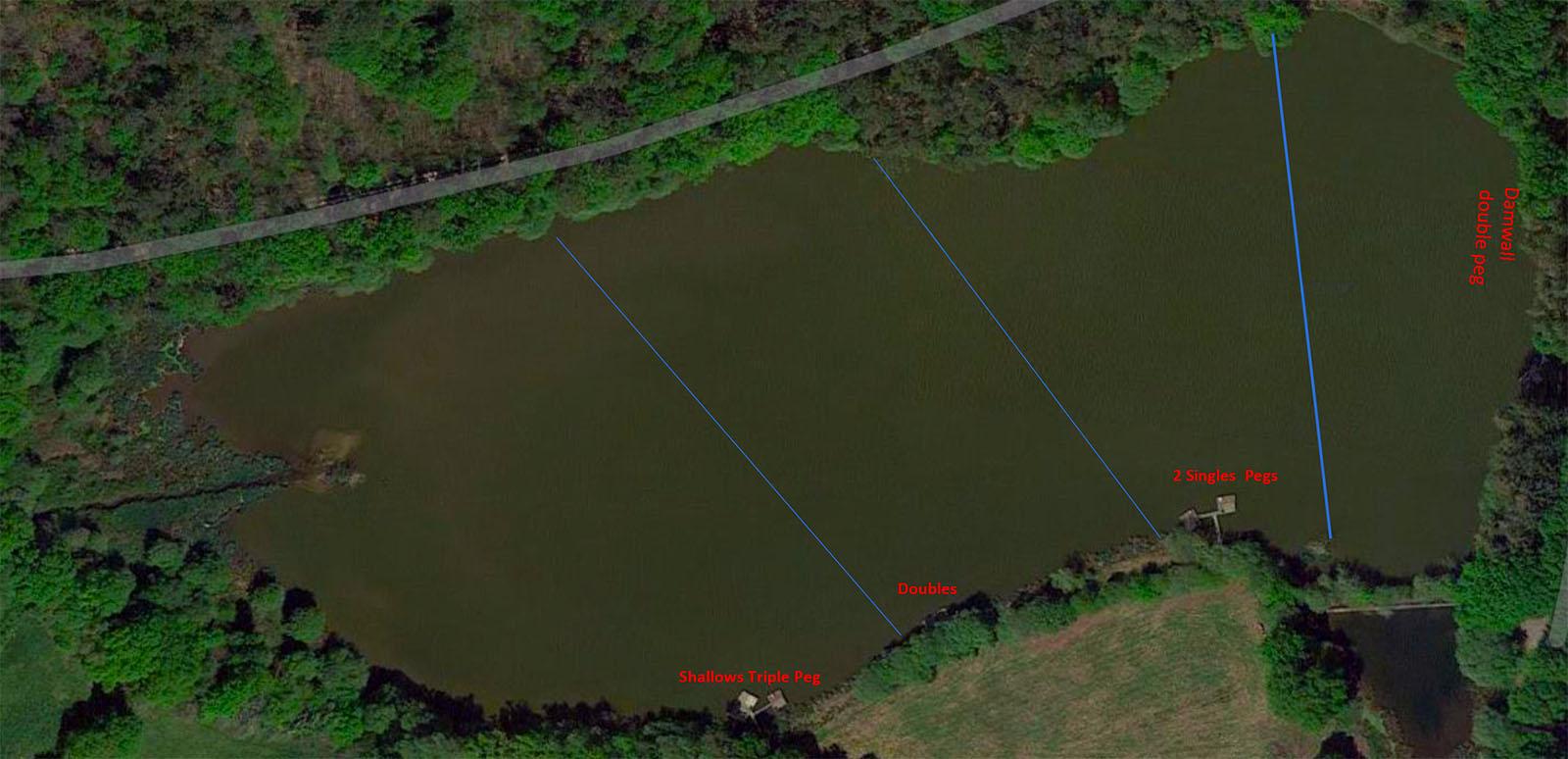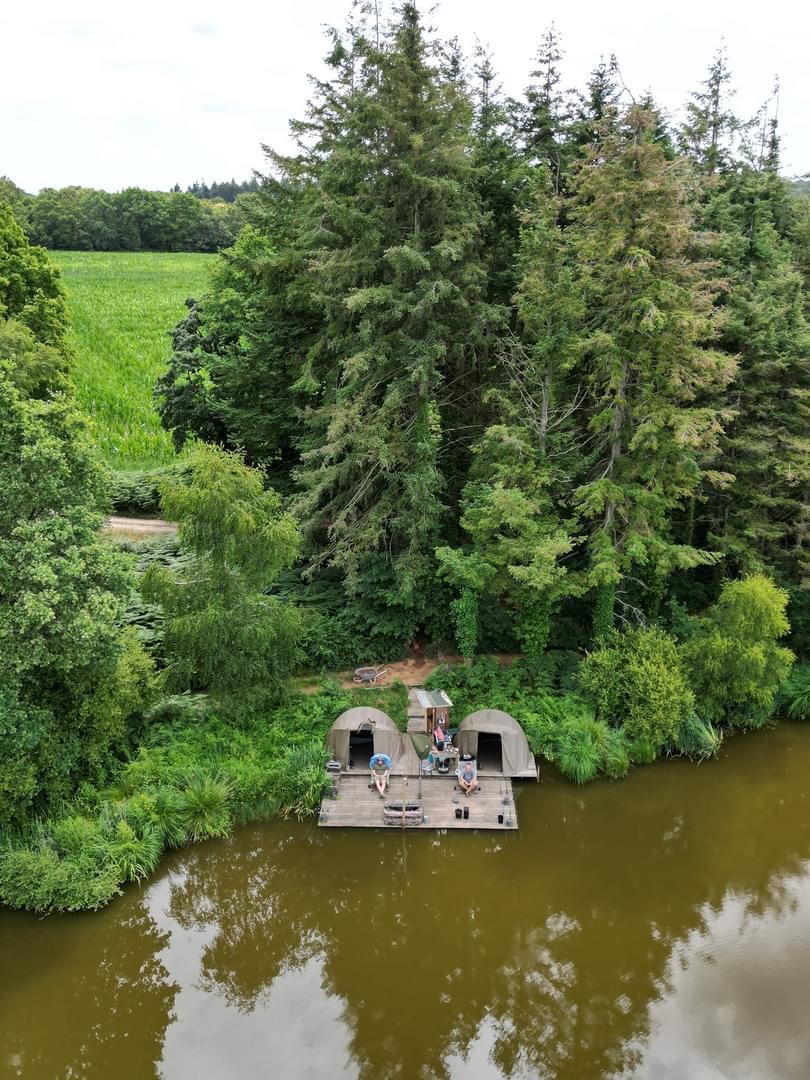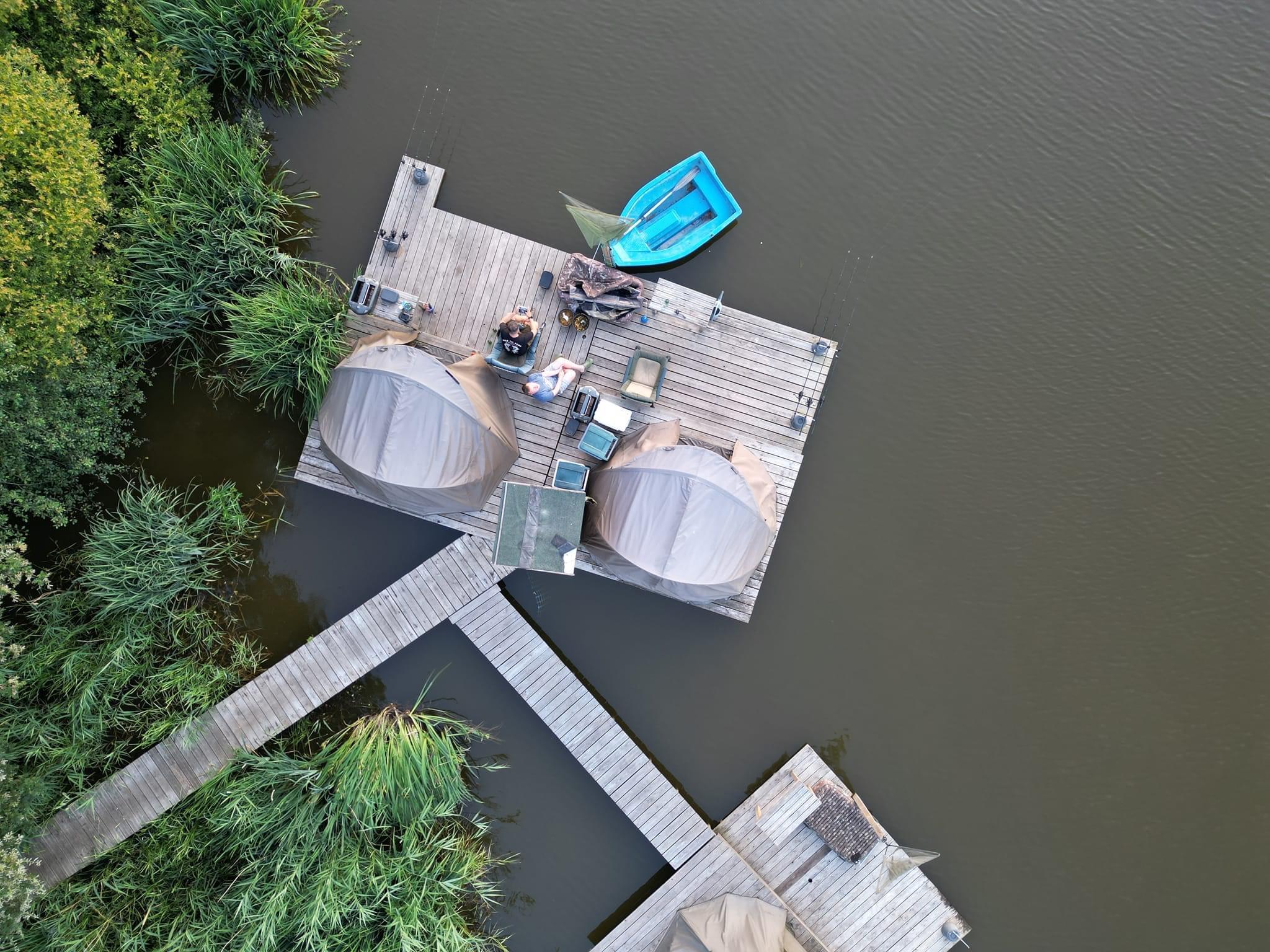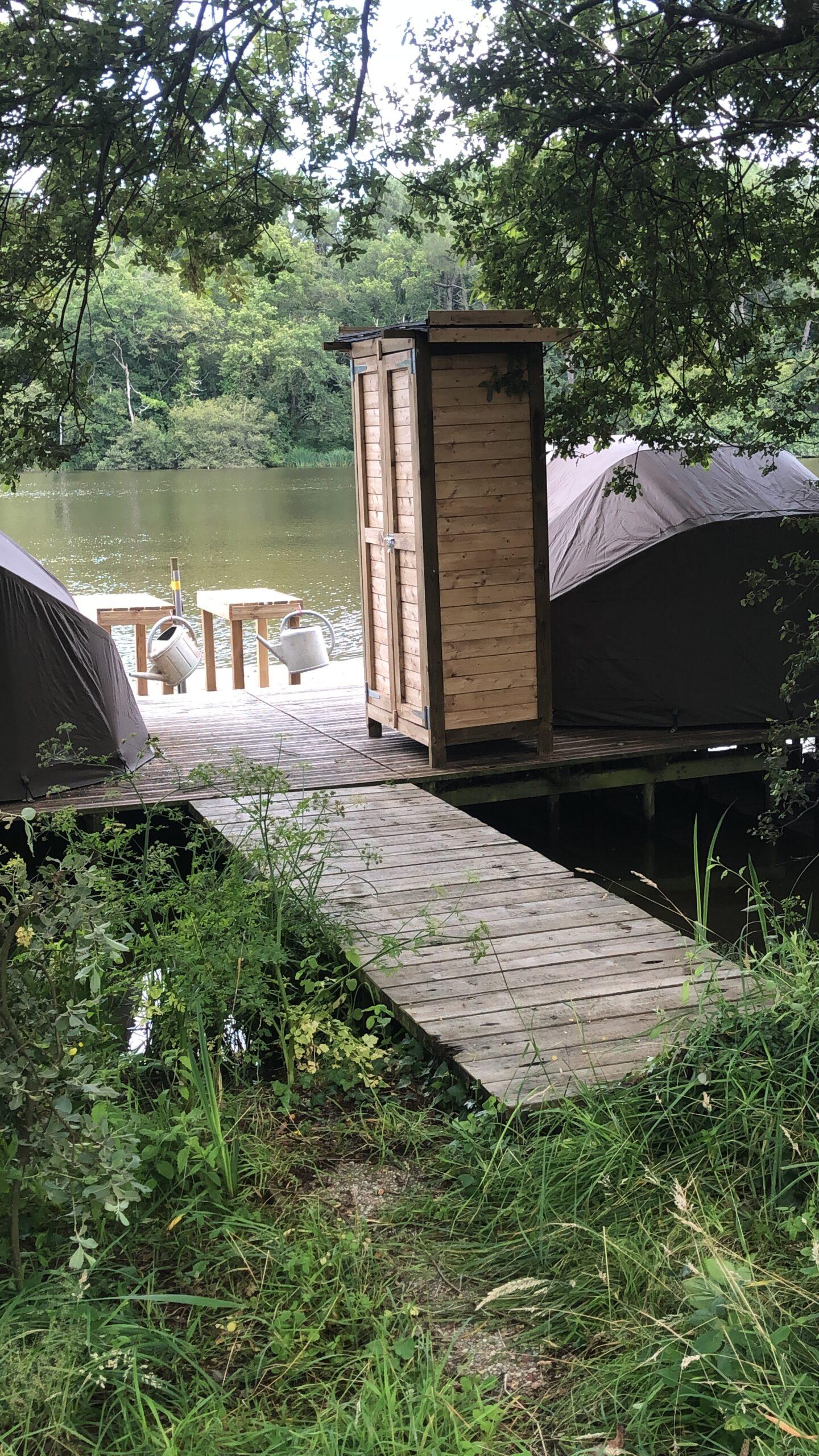Our Lakes
Welcome to our lakes, where our utmost goal is to ensure you have a fantastic and enjoyable carp fishing holiday. We provide an experience characterized by remarkable carp, stunning surroundings, delectable food, and unforgettable moments for all the right reasons.
One of the highlights of our lakes is the absence of the dreaded nightmare poisson-chat (American catfish). None of our lakes have these invasive species, guaranteeing a hassle-free fishing experience. Mill Lake, in particular, has a small population of crayfish, but they rarely cause any trouble to your baits, eliminating the need for mesh.
Even during our closed season from November to March, we continue to nourish our valuable carp stocks with a high-quality diet of carp pellet and maize. Our dedication to maintaining the well-being of our carp is unwavering.
We are constantly striving to enhance our venues and warmly welcome any thoughtful suggestions from our visitors. Your feedback helps us improve and provide you with an even better experience.
Let's take a closer look at each of our lakes:
Mill Lake

Covering 12 acres and boasting a history of over 300 years, Mill Lake exudes a delightful and unique character all its own. It is often the favorite choice among our regular anglers. With six wooden decked swims and a maximum capacity of six anglers, there is plenty of water for everyone to enjoy.
Mill Lake is conveniently located closest to the main facilities. It is home to a substantial population of large, beautiful carp, with weights ranging up to 58lb. Additionally, there is a significant number of 30/40lbs carp, a few heavily plated mirrors, and some truly stunning linear carp. Notably, there is a special resident in this lake—an impressive catfish weighing over 150lbs.
The lake water generally maintains a slightly colored appearance, while the margins are firm for approximately 2 to 3 rod lengths before transitioning into silt. The silt itself emits a pleasant, earthy scent and harbors abundant bloodworm and other natural invertebrates. Rig-wise, any color works well (since rigs appear the same in the dark), and we typically provide black rig tube on-site for your convenience.




Lake Cadouzan

Lake Cadouzan is the ideal choice for those seeking plenty of action. After restocking efforts began in winter 2005, this lake now boasts an impressive array of species. It is home to grass carp weighing over 50lbs, mandarin catfish reaching up to 120lbs, and an impressive population of over 500 big carp. Among them are estimated to be over 200 thirties, between 40 to 60 forties, and carp weighing up to 69lbs+.
With a history of over 400 years, Lake Cadouzan encompasses 17 acres of stream-fed water in a tranquil and picturesque rural setting. To ensure your comfort during fishing, we provide three double wooden decked swims and two single linked swims, offering comfortable fishing conditions regardless of the weather.
Similar to Mill Lake, the water in Lake Cadouzan maintains a slightly colored appearance most of the time, and the margins remain firm for around 3 to 4 rod lengths before transitioning into silt. The silt itself emits a fresh, earthy aroma and hosts an abundance of bloodworm and other natural invertebrates. Rig-wise, any color works well (since all rigs appear the same in the dark), and black rig tube is provided on-site.




The History of our lakes
Our lakes were once part of the Cadouzan estate, which housed a magnificent Chateau built between the 1300s and 1500s. For generations, the estate remained within the same family through inheritance until the late 1800s when it was sold to a distant relative. Since then, it has changed hands through inheritance once again, with our ownership beginning in 2001. During its early years, Lake Cadouzan likely served as a fish source for the estate's table.
The earliest maps of France were crafted by the Cassini family in the 1600s. One of these maps showcases a small section, highlighting Lake Cadouzan. Mill Lake, on the other hand, was dammed and constructed during the 1700s to provide water for a grain mill's wheel.
Originally, the watermill and lakes were excavated, dammed, and built around 1700 under the ownership of the local baron. The baron, residing in his grand chateau nearby, held significant influence over the surrounding area. Initially, the mill was established as a grain mill to process the local produce. Though the waterwheel and mechanism have been removed, the sturdy oak beams that once supported the wheel remain as artifacts of its past.
The descendants of the baron still occupy the imposing grey stone chateau, which includes houses for the servants integrated into the surrounding walls. Over time, parts of the original land and buildings have been divided and exchanged through inheritance. In the last century, the lower lake was utilized for swimming and fishing activities during the summer, enjoyed by family and friends. The upper lake primarily served as a duck shooting and fishing lake, providing fish and meat for the estate's table.
It wasn't too long ago that the baron resorted to severe measures for poachers, allegedly having their fingers cut off. Whether you have a fascination for architecture, history, or romantic notions, we invite you to take a short walk to the grand gateway of the chateau. From there, peer down the lengthy driveway and immerse yourself in the presence of this quintessential French aristocratic monument. We wonder what impression it will leave on you.
